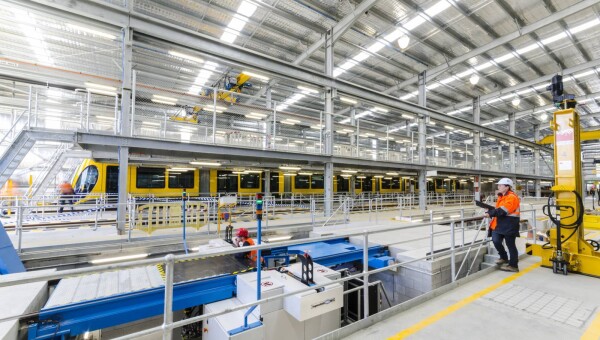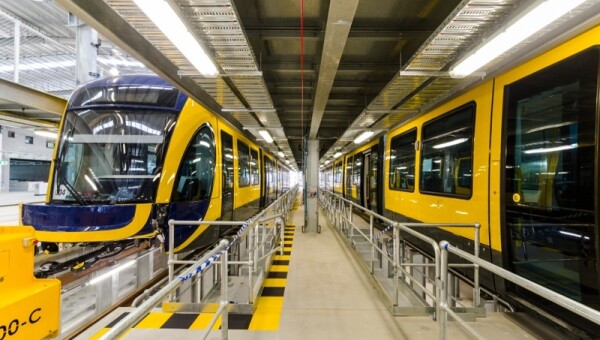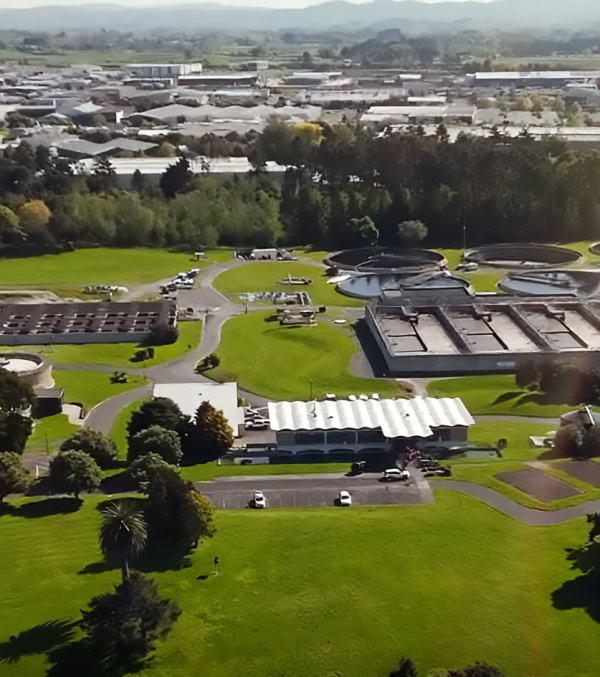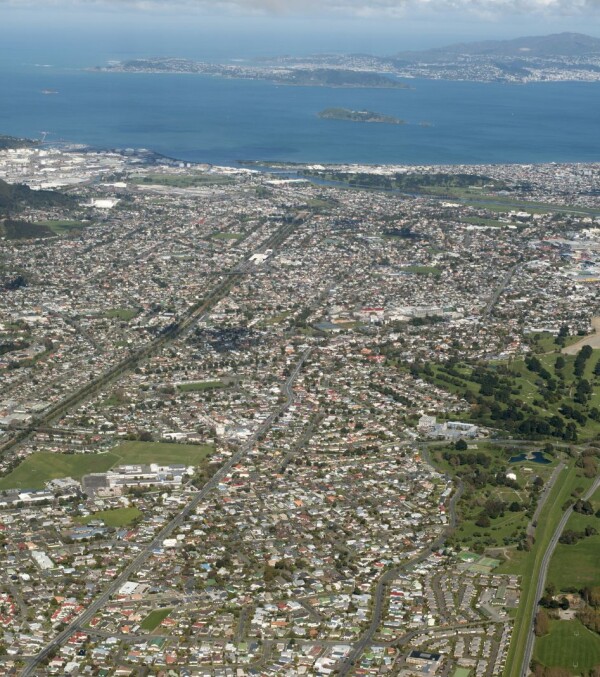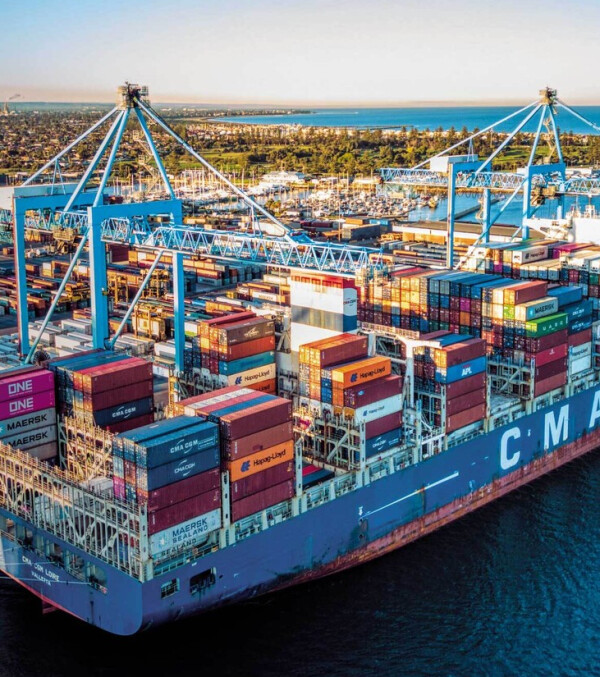|
Customer: Queensland Government Contract type: Design and Construct Location: Gold Coast, Queensland
|
Fast Facts
|
Gold Coast Light Rail (GCLR) was an ambitious, city-changing infrastructure project delivered in a highly congested and complex brownfield environment. We led the design, construction and commissioning of Stage 1 under a Public Private Partnership (PPP).
Stage 1 consisted of a 13 kilometre, 16 station urban transport corridor connecting planned and existing high-density precincts using 14 world-class bi-directional light rail vehicles (trams).
A 30,000 m2 state-of-the-art rail mainenance depot and stabling facility was also constructed on an old landfill site. 600 piles up to 30 m in length make up the building's foundations.
Other major technical features of the project included state-of-the-art signalling control systems and emergency call-up protocols, real-time operational tracking and journey planner integration, 36 km of overhead line and six traction power sub-stations to supply 750VDC for the traction power network.
At the peak of construction we had more than 50 subcontract companies and 1,000 workers on site, completing four million man hours of work in less than three years.
Undertaking the largest simultaneous public utility upgrade in Queensland’s history, almost 60% of the project’s total scope took place underground, with more than 30,000 km of new or existing public utilities requiring simultaneous construction, upgrade or relocation.
Working on and adjacent to live roadways with up to 32,000 vehicles per day, the project implemented more than 57 traffic management plans, and hundreds of temporary traffic control plans, for short and long-term works, including contra-flow, detours, road closures, block closures and intersection closures requiring more than 100 traffic controllers to facilitate construction.
The project was recognised as one of the Top 10 most innovative urban mobility projects by Infrastructure 100: World Cities Edition.
For information on using the Gold Coast Light Rail click on this link: http://ridetheg.com.au/






